| Structure | Name/CAS No. | Articles |
|---|---|---|
 |
sucrose
CAS:57-50-1 |
|
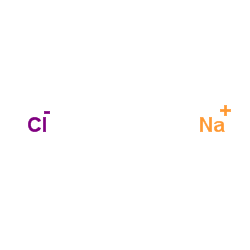 |
sodium chloride
CAS:7647-14-5 |
|
 |
L-(+)-Lysine monohydrochloride
CAS:657-27-2 |
|
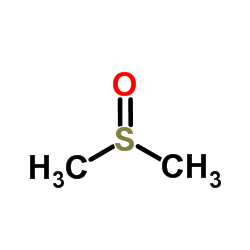 |
Dimethyl sulfoxide
CAS:67-68-5 |
|
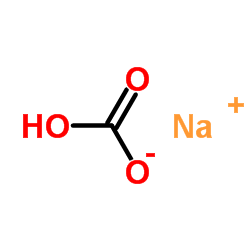 |
SodiuM bicarbonate
CAS:144-55-8 |
|
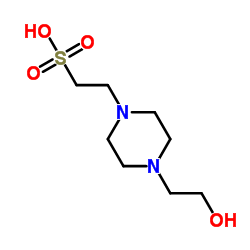 |
HEPES
CAS:7365-45-9 |
|
 |
SODIUM CHLORIDE-35 CL
CAS:20510-55-8 |
|
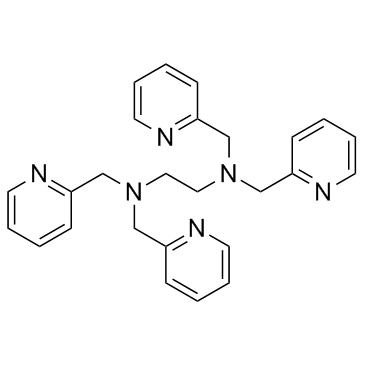 |
TPEN
CAS:16858-02-9 |
|
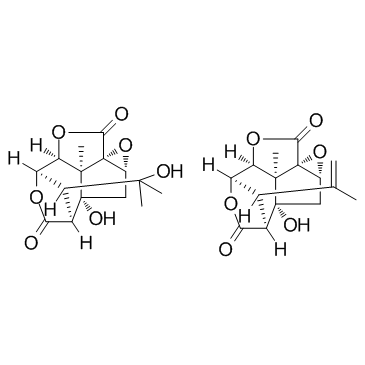 |
Picrotoxin
CAS:124-87-8 |
|
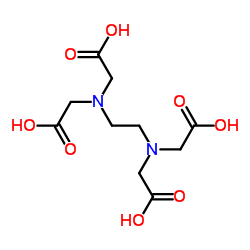 |
Ethylenediaminetetraacetic acid
CAS:60-00-4 |